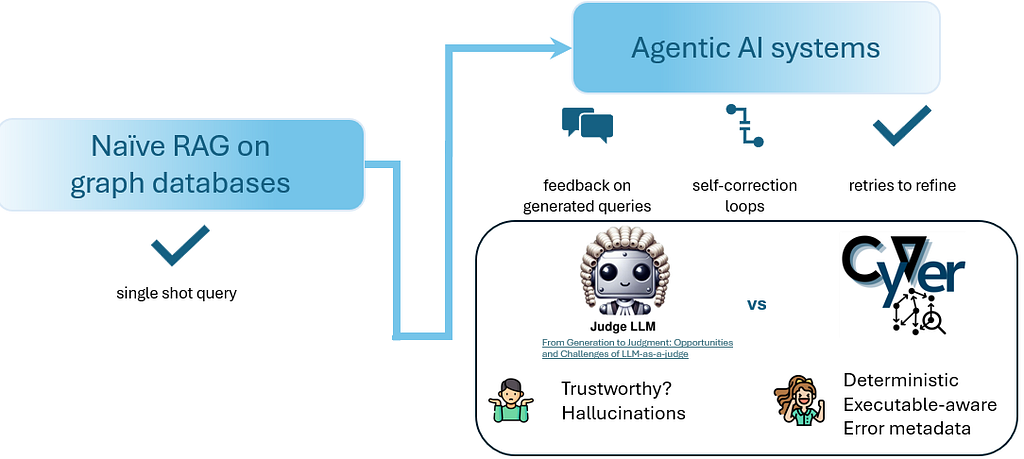New GraphAcademy Course: Introduction to Graph Algorithms in Neo4j 4.0

Curriculum Developer at Neo4j
3 min read

We have added this new course to our catalog of free online courses – Introduction to Graph Algorithms in Neo4j 4.0.
This course is intended for experienced Cypher developers and data scientists who want to learn the most important best practices for using the algorithms in the Graph Data Science™ Library for analysis of their graphs.
This course includes hands-on exercises that give you the opportunity to run the most common set of graph algorithms using the Neo4j Graph Data Science Playground, as well as running the Cypher queries in Neo4j Browser.
If you perform the hands-on exercises in this course, it should take you about five hours to complete.
Here are the lessons of this course:
Overview of Graph Algorithms
Learn what graph algorithms are and what structures of a graph are used for running graph algorithms. You will learn about some of the use-cases that are best suited for graphs and graph analysis. You will also learn about the types of graphs and the types of graph algorithms.
Introduction to the Graph Data Science Library
Learn how the GDS Library can help you with analytics and visualization of the data. You will also learn how the Graph Data Science Library is organized and how you can use it in practice.
Environment Setup
This lesson steps you through how to set up your system for performing the hands-on exercises of the course. You will need to:
- Install Neo4j Desktop
- Create a Neo4j 4.0 database instance
- Install the APOC and GDSL plugins
- Install the Graph Data Science Playground (NEuler)
- Load the data for the exercises
Graph Algorithms Workflow
In this lesson, you will learn how graph algorithms work and how you use them in your Cypher code. Graph management is important, especially when you are performing analysis on large datasets. You will learn some best practices for projecting graphs in a Graph Catalog, an in-memory set of graphs you use for your analysis.
Memory requirements estimation
This short lesson teaches you how to test whether the analysis you want to do will fit in-memory.
Community Detection Algorithms
In this lesson, you will learn about the most useful graph algorithms for identifying communities within a graph. You will gain experience with:
- Weakly Connected Components
- Label Propagation
- Louvain Modularity
- Triangle Count
- Local Clustering Coefficient
Centrality algorithms
In this lesson, you will learn about the most useful graph algorithms for identifying the most important nodes in the graph. You will gain experience with:
- PageRank
- Betweenness Centrality
Similarity algorithms
In this lesson, you will learn about the most useful graph algorithm (Node Similarity-Jaccard Index) for identifying nodes that are similar in the graph.
Practical application of algorithms
In this lesson, you will learn through a guided exercise how to perform multiple analyses using multiple graph algorithms. This is most likely the workflow you will use on your real data.
Additional Information
In this lesson, you will learn some important tips and best practices when you incorporate using the GDS Library in your real application dataset.








